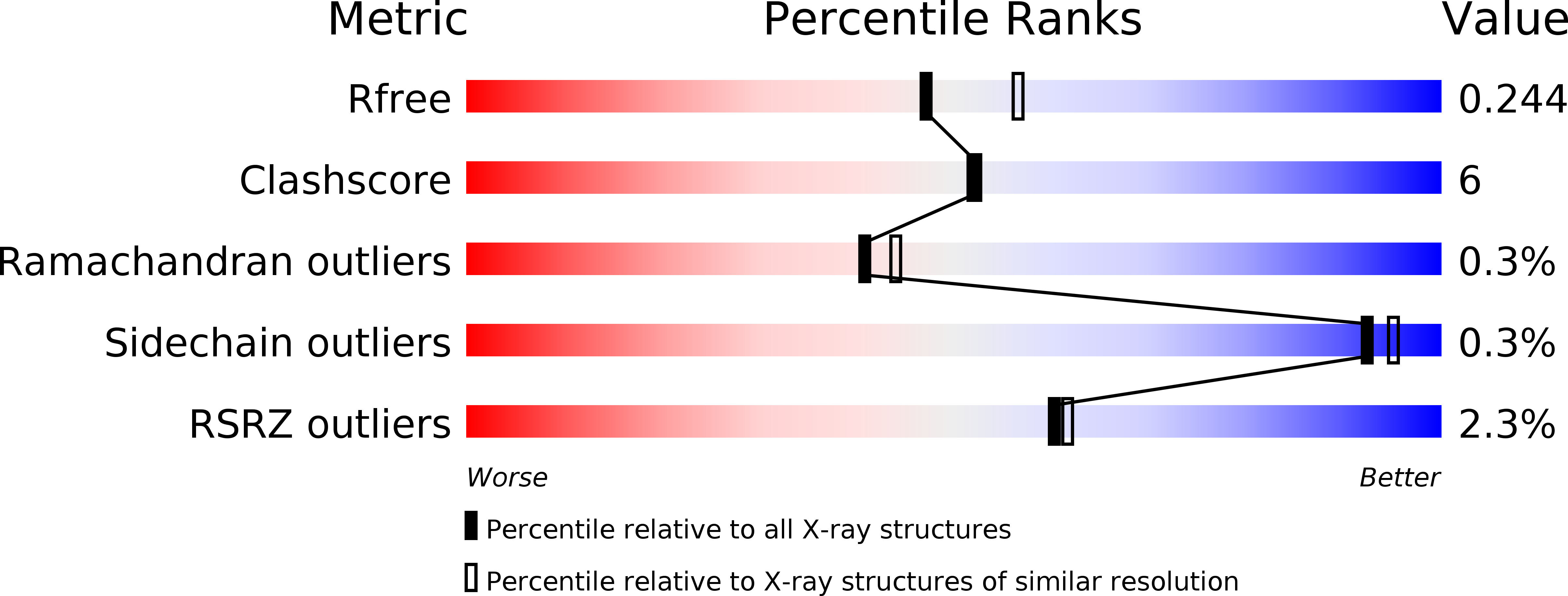
Deposition Date
2015-03-12
Release Date
2015-06-24
Last Version Date
2024-02-28
Entry Detail
Biological Source:
Source Organism:
Homo sapiens (Taxon ID: 9606)
Human papillomavirus (Taxon ID: 10566)
Human papillomavirus (Taxon ID: 10566)
Host Organism:
Method Details:
Experimental Method:
Resolution:
2.25 Å
R-Value Free:
0.24
R-Value Work:
0.18
R-Value Observed:
0.18
Space Group:
C 1 2 1


